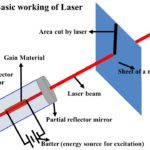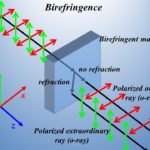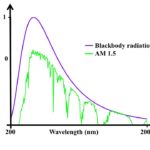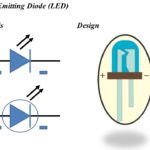About Sir Isaac Newton
Sir Isaac Newton was an English mathematician and one of the most recognized and influential scientists in history. Newton is famous for providing laws of motion and gravity amongst his numerous works. He provided three laws of motion which are described independently below with a description.
Newton’s first law of motion
Newton’s first law of motion states
“An object at rest will stay at rest, and an object in motion will stay in motion unless they are acted on by a net force”.
This law explains that any object whether it is in rest or in motion will continue to be in that state unless there is an external driving force. In mathematical form, this law can be stated as follows.
The Eqs. 1 & 2 state the same thing that if the summation of forces acting on a body is zero, there will be no acceleration on a body/object. This explains the nature of the object at rest, and in motion. An object at rest with no acceleration due to no force acting on it will remain at rest and similarly, an object moving in the forward direction with no forward or backward acceleration will continue to move in the forward direction with constant velocity.
Newton’s first law of motion is also sometimes referred to as the law of inertia. Inertia is the resistance of an object in changing its velocity.
Real-life examples of Newton’s first law of motion
Real-life examples of newton’s first law of motion are all around us. We need a force to move any object. For example, when we start the car, we need a force to move the car in a given direction and this force comes from the motors that move the wheels. When the car achieves a constant velocity, it will continue to move forward (neglecting the resistance of the road) unless we apply a force to stop it. This stopping force comes from brakes that provide a deceleration to stop the car.
It should be noted that in real life, an object cannot continue to travel at a constant velocity when it is given a first initial force to move it. In real life, there are a number of forces acting on an object to stop it such as air resistance and friction. That is why objects traveling at some velocity slow down and eventually stop because of these decelerating forces. In order for an object to travel at a constant velocity, we need to supply it with a force equal to resistive forces.
An example of skydiving can be helpful to further elaborate the first law of motion, which is also shown in Figure 1. When a person jumps for skydiving from an airplane, they start accelerating towards the ground but after some time they reach terminal velocity where the force of gravity acting on the body balances out the air resistance. When that person opens up a parachute, they get decelerated allowing them to safely land on the ground.

Newton’s second law of motion
Newton’s second law of motion states that the momentum of the body is directly proportional to the force applied and its direction is also similar to that of the applied force. Newton’s second law of motion gives a mathematical form to Newton’s first law of motion. Mathematically the second law of motion can be described as.
Equation 3 can be plugged with the value of momentum (p) which is equal to the mass of an object (m) and velocity of the object (v).
where dv/dt is the acceleration of an object. Therefore, the above result can be described as.
The result in equation 5 is used almost everywhere where force is to be calculated for an accelerating object. This equation is also helpful in determining the weight of an object or pull due to gravity. Equation 5 can be rewritten to incorporate gravity (which is gravitational acceleration) to yield weight.
Newton’s third law of motion
Newton’s third law of motion states that “the forces acting on two bodies are equal in magnitude but opposite in direction”. The third law of motion tells us that if object A exerts a force of object B, then object B is also exerting a force on object A which is equal in magnitude to force exerted by A, but opposite in direction.
This law is sometimes also referred to as action-reaction law where it can be said that “every action has an equal but opposite reaction”. From a conceptual point of view, the third law of motion is what allows us to even move. For example, when we walk we are actually pushing the ground downwards and backward, and in reaction, the ground is pushing us upwards and forwards. Tires of a car, when traveling, are also pushing the road downwards and backward, and the road is pushing the car upward and forward, allowing us to travel. This law is depicted in Figure 2.
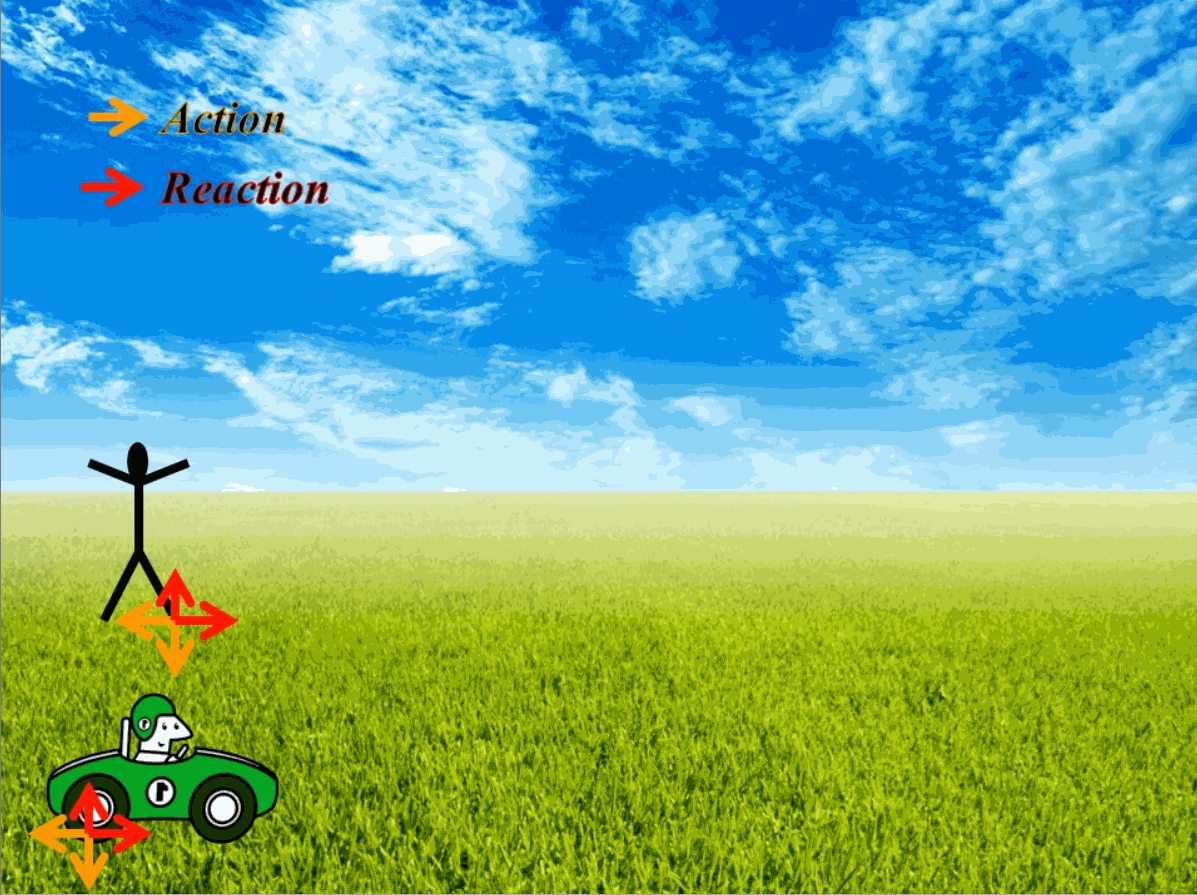
Further readings
If you like this post, you might be interested in reading the following posts.

